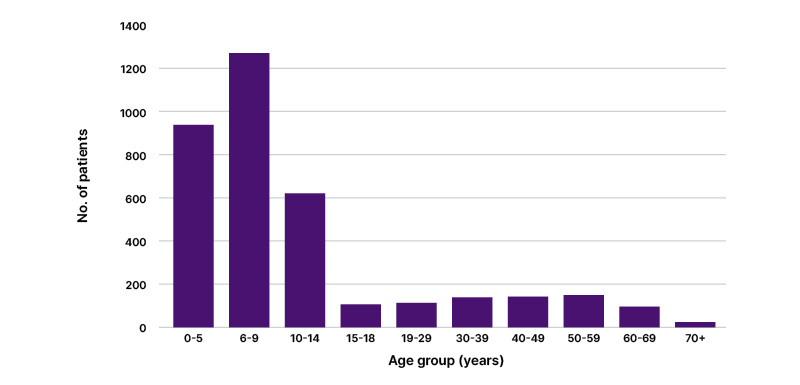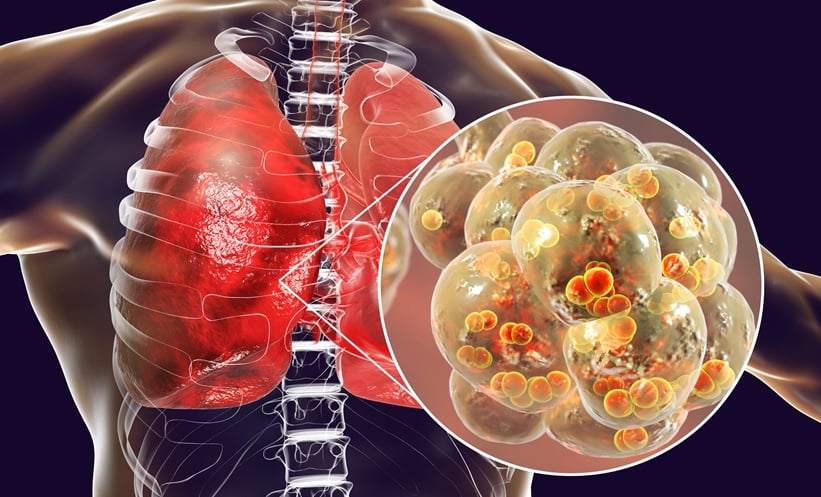BACKGROUND
According to European Centre for Disease Prevention and Control (ECDC) data, a total of 4,548 cases were reported in 30 EU/European Economic Area (EEA) countries in 2022.1,2 Since December 2022, a large, prolonged outbreak of hepatitis A has been ongoing in Slovakia. A small outbreak consisting of 12 cases (one adult and 11 children) occurred in December 2022 in Lunik IX, an urban district of the city of Košice, which is home to the largest Roma community in Central Europe. This local outbreak is considered to be the origin of the ongoing epidemic. Between 1 December 2022–30 September 2024, 5,015 cases were confirmed in Slovakia, showing a strong regional concentration. As many as 96.21% (n=4,825) of the cases occurred in Eastern Slovakia, a region with a higher proportion of Roma settlements, that has been characterised by low hygiene standards, unemployment, and a low level of education.3,4 This situation has led to outbreaks of hepatitis A that subsequently spread to the majority population.
METHODS
The authors retrospectively analysed a cohort of 3,616 patients hospitalised with confirmed hepatitis A (anti-hepatitis A virus [HAV]-IgM positive) across all four infectious disease departments, covering the entire Eastern Slovakia region. Data were extracted from the medical records of hospitalised patients. Chi-squared test and the t-test were used in statistical analysis. The study has been approved by the Ethical Committee of Louis Pasteur University Hospital (approval No. 2024/EK/11093).
RESULTS
The cohort consisted of 1,741 (48.15%) women and 1,875 (51.85%) men. The authors divided the cohort into two age groups: 2,946 (81.47%) children (0–18 years) with an average age of 7.4 years, and 670 (18.53%) adults (≥19 years) with an average age of 44.3 years (Figure 1).

Figure 1: Age groups of patients hospitalised with acute hepatitis A.
The average length of stay for children was 7.4 days (minimum of 2 days; maximum of 57 days), and for adults it was 11.8 days (minimum of 2 days; maximum of 58 days). This difference between age groups was statistically significant (p<0.01). Differences in the length of stay between genders were not statistically significant. A hospital stay longer than 21 days was observed in 88 patients (2.43%). There were eight recorded fatalities linked to concurrent acute hepatitis A infection (one 4-year-old child and seven adults with an average age of 70.8 years), resulting in an overall mortality rate of 0.22% among hospitalised patients. Three patients were placed on a waiting list, but died before liver transplantation. The contraindications for transplantation included advanced age (>75 years) in three patients, and alcohol abuse combined with a systemic infection in one patient. Among the risk factors for mortality, the authors identified pre-existing liver disease, which was identified in six patients (p<0.01).
CONCLUSION
This ongoing epidemic is one of the largest in the modern history of Slovakia. Pre-exposure vaccination against hepatitis A is recommended but not covered by health insurance, with one exception that it is approved for reimbursement for 2-year-old children from socially excluded communities. Based on data from the Immunological Survey in the Slovak Republic conducted in 2018, only 13.4% of the Slovak population is vaccinated against viral hepatitis A. The lowest seroprevalence of anti-HAV IgG antibodies was confirmed in children in the 0–9-year age group.5 The lack of vaccination can lead to hepatitis A outbreaks. Despite the low mortality rate, the high number of cases is likely to result in an increase in deaths.







